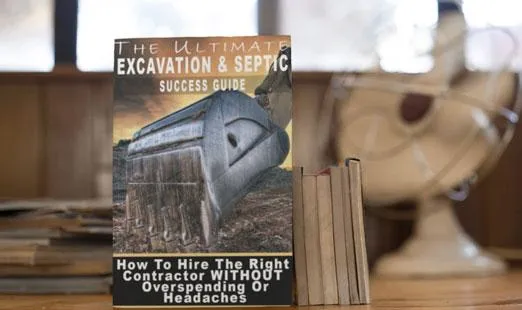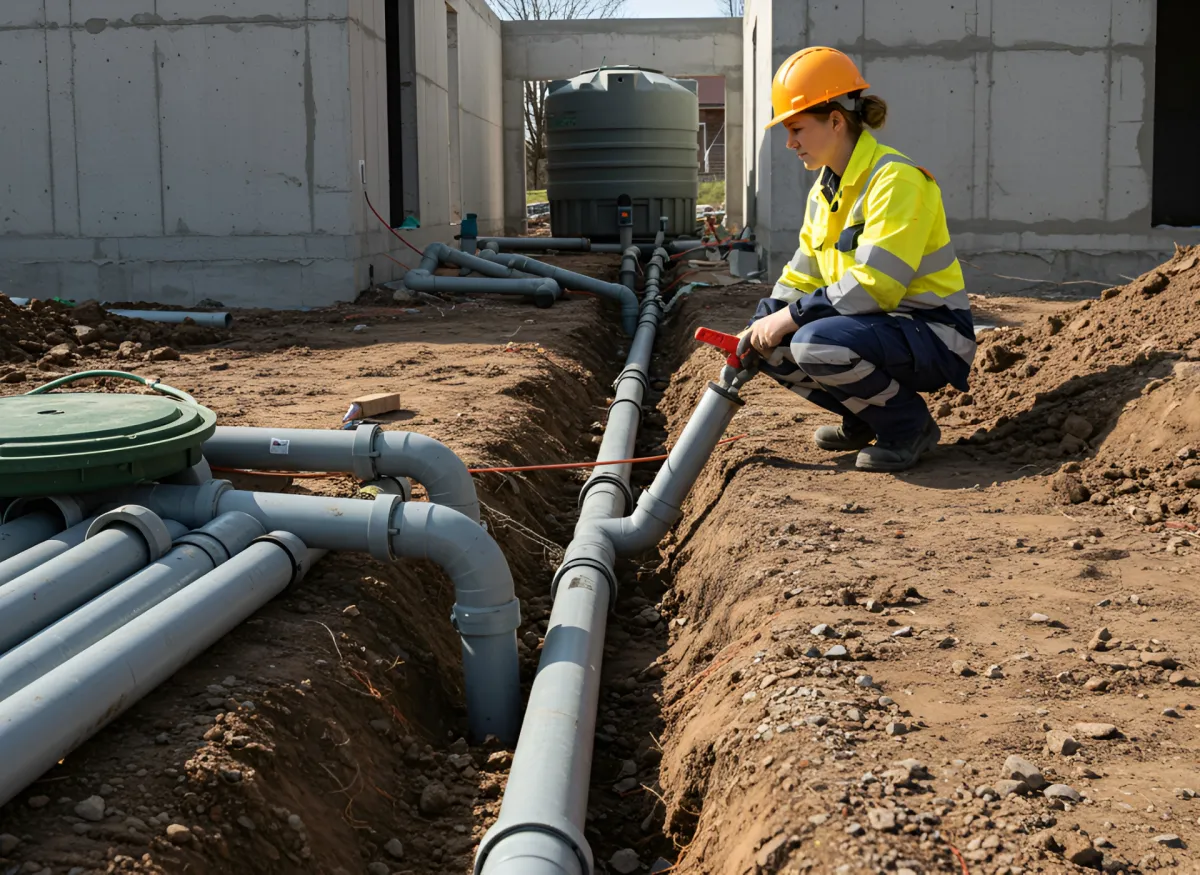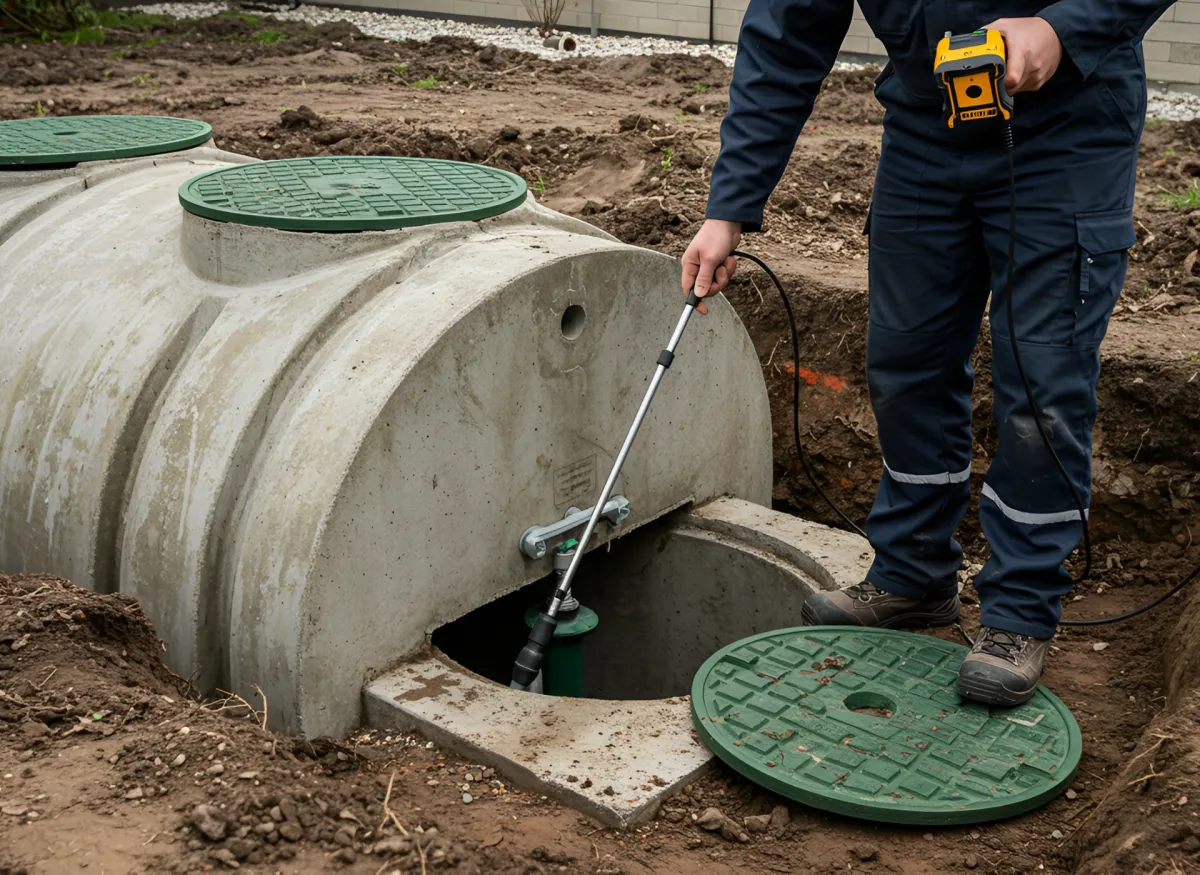
Serving Alabama Counties: Montgomery, All of central Alabama

Serving: Montgomery, All of central Alabama
Percolation Testing in Montgomery, AL
Yellowhammmer Environmental LLC is Committed to superior quality and results!

AVOID COSTLY MISTAKES:
Do NOT hire an excavating contractor without first reading our free guide:
The ULTIMATE Excavation & Septic "Success Guide."

Accurate Percolation Testing in Montgomery AL Starts Here
Before you can install a septic system in Montgomery AL, you need to know how your soil drains. That’s where percolation testing or a "perc test" comes in.
At Yellowhammer Environmental LLC, we conduct reliable, site-specific percolation tests that give you the data needed to design a septic system that’s built to last and built to pass inspection.
How Can We Help?


Why Percolation Tests Matter for Your Septic Design
Percolation testing isn’t just another box to check. It’s the foundation for designing a septic system that actually works on your property. If the soil doesn’t drain at the right rate, it could lead to long-term system failure, costly redesigns, or health department rejections.
We take the guesswork out of the process. Our team understands the variety of soil conditions across Montgomery AL from tight clay to sandy loam and we know what to look for to keep your project on track. Whether you’re building a new home or updating an old system, a professional percolation test is the first step in getting it done right.
What to Expect During a Percolation Test in Montgomery AL
A proper perc test involves more than just digging holes in the ground. We carefully select test locations that align with proposed drainfields and septic layouts, ensuring accurate results for your design. Once the test pits are dug, we follow local health department protocols to measure how quickly water drains through your soil timing the absorption rate to determine your site’s suitability for a septic system.
We’ll document every step of the test and provide clear, easy-to-understand results. Our reports are tailored to Montgomery County’s permitting requirements, so you’re not left wondering if they’ll be accepted. If your soil doesn’t meet minimum standards, we’ll help you explore other system options or alternate drain field placements.
Perc tests can feel intimidating if you’ve never dealt with one before. But we make the process simple and transparent. We’re here to answer your questions, walk you through the results, and help you understand what they mean for your timeline and your budget. This isn’t just a test—it’s the start of a safe, code-compliant septic design.
See Our Septic System Design

✔️ Septic System Design
✔️ Stormwater Permitting & Design
✔️ Percolation Testing
✔️ Septic Tank Installation
✔️ Septic Installs Traditional Systems
✔️ Septic Tanks - Plastic/Poly
Quality Services Launched FAST!

✔️ Septic Tanks - Concrete
✔️ Septic Repairs
✔️ Septic Upgrades
✔️ SPCC Plans
✔️ Leach Field Design
✔️ Air Permitting
What Are You Waiting For?
What’s Included in Our Percolation Testing Services
Site Walk & Pre-Evaluation
Before any digging begins, we visit your site to evaluate the lay of the land. This includes looking at the topography, soil exposure, tree coverage, and likely house or structure placement. We use this visit to identify ideal drain field areas and any obvious limitations such as steep slopes or high water tables. This step helps us avoid unnecessary digging and sets the stage for accurate testing. It also gives you the chance to ask questions, discuss goals, and understand what to expect next.
Soil Boring or Excavation
Once the locations are confirmed, we use hand tools or excavation equipment to dig test holes to the appropriate depth, usually 24–36 inches. This exposes the soil horizons so we can observe texture, structure, and any restrictive layers like clay or hardpan. Seeing the soil first hand helps us identify issues that might not show up in a simple field report. It also provides the health department with the visual evidence they often require to approve a system. This is a crucial part of laying the groundwork for a successful design.
Percolation Test Execution
With the test holes prepped, we perform a timed infiltration test measuring how quickly water absorbs into the soil at a set depth. This rate determines what type of septic system your site qualifies for. We follow Montgomery County and Alabama state procedures closely, ensuring that your test is done right the first time. Our crew documents the process carefully and records the exact results for submission. The percolation rate we find here will directly influence your drain field size, system type, and layout.
Results Analysis & Reporting
After testing is complete, we generate a clear, professional report with all findings, photographs, notes, and interpretations. This isn’t just for record-keeping it’s the document you’ll submit to your local health department for approval. Our reports are formatted to meet Montgomery County’s standards, reducing the chance of rejections or revisions. We also walk you through what the results mean in plain language. Whether the outcome is straightforward or more complex, you’ll know exactly what your options are.
Next Steps in System Design
If your site passes the perc test, we move right into septic system design with confidence. But if the test reveals challenges like poor absorption or limited usable area we help you explore alternative solutions. These might include mound systems, low-pressure dosing, or alternative drain field configurations. We’ve worked on a wide range of properties across Central Alabama and know how to design around obstacles. Our goal is to help you move forward not stall out over a surprise soil issue.
Permit Support & Communication
We don’t stop at testing and design we also stay involved through the permitting process. That includes submitting documentation, responding to inspector questions, and making quick adjustments if needed. We’ve built strong relationships with permitting departments in Montgomery AL, so we understand what they’re looking for and how to prevent delays. If revisions are requested, we handle them fast and keep your project moving. We believe good communication is just as important as technical accuracy.
Hours:
Extended hours by appointment only.
Address: Wetumpka, AL